
Political and technical tensions in the EU.

Political and technical tensions in the EU.

While veteran officials keep the agency running, changes continue at FDA's new drug review and safety oversight offices.

A comprehensive listing of U.S. departments and offices that includes the telephone numbers of directors, commissioners, and advisors.

Three recent initiatives address the reputation of the health care industry in the EU.

Technological advances have lead to an increasingly important role for centralized imaging laboratories.
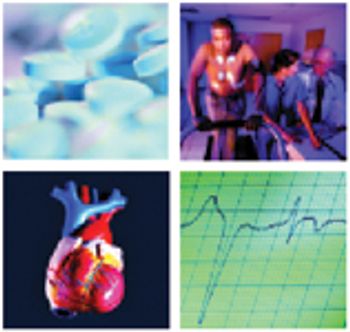
Implementing ICH E14 to define cardiac safety in new drug development

Janssen Pharmaceutica and Medidata Solutions join forces to institute eSourcing.

Clinical researchers strive to meet ongoing challenges posed by the EU Directive.
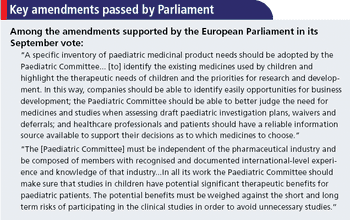
Parliament's first review of the new pediatric rules stirs controversy.

Curbs on consulting and financial interests aim to restore researchers' credibility.

Even with current trial management systems, steps can be taken right now to greatly increase efficiency.

As laudable as it may appear to be, the Critical Path Initiative will create as many problems as it solves.

The "Critical Path" is the scientific process through which a potential pharmaceutical, or medical device is transformed from a discovery into a medical product. Along the critical path, scientific tests and tools are used to predict whether a product candidate will be safe and effective, to assess how prototypes interact with the human body, and to guide the sponsor in choosing an appropriate dose and regimen or device size and/or placement. To bring a product to market successfully and efficiently, product sponsors need scientifically sound approaches.

Commissioner Crawford's challenge is to restore public confidence in drug safety and approvals.
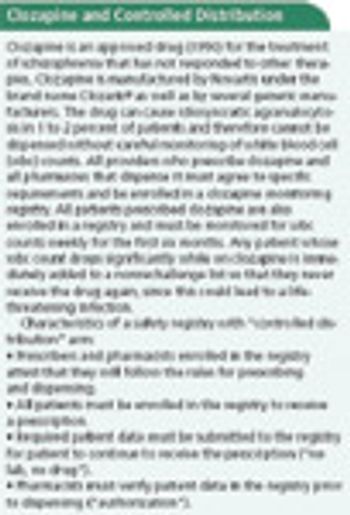
Registries could strengthen the postapproval safety net-critical in the current cautious environment.

The Food and Drug Administration's (FDA) Critical Path Initiative and subsequent guidance documents have sparked the revitalization of the life sciences industry.

The EMEA's guidance is a roadmap for understanding current and future guidelines.
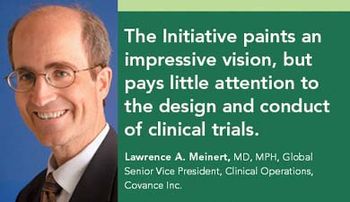
It's hard to argue with the basic premise of the FDA's Critical Path Initiative-to help the flow of medical products through the development pipeline.
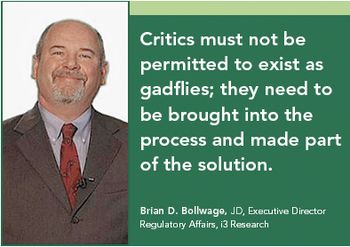
FDA's Critical Path Initiative is an excellent idea, but is the time right?
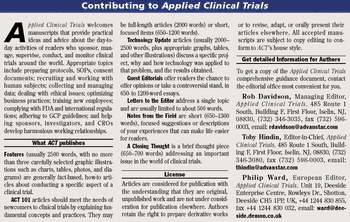
Ambitious in scale and scope, the Critical Path Initiative provides a rational construct for framing the central paradox of today's new drug and new device development industry.

The Critical Path Initiative (CPI), as it has come to be called, provided the FDA's analysis of the current drug development pipeline problem, characterized by a recent slowdown-instead of the expected acceleration-in innovative medical therapies reaching patients.

In March 2004, FDA issued a provocative white paper: Innovation and Stagnation-Challenge and Opportunity on the Critical Path to New Medical Products. The Critical Path was identified by FDA as those parts of the R&D continuum that constitute bottlenecks in the drug development process.
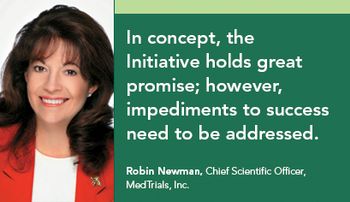
Scientific discovery is, by its very nature, plagued by a lag between concept development and the acquisition of the tools necessary to fully explore a new technology's application.

When the FDA stated that "the applied sciences needed for medical product development have not kept pace with the tremendous advances in the basic sciences" everyone seemed to agree.

The FDA's Critical Path Initiative acknowledges long-standing and widely accepted challenges facing the clinical research enterprise and identifies several opportunity areas that may help to address these challenges.